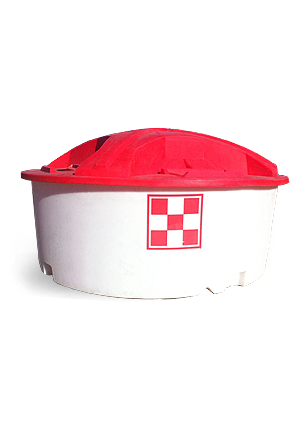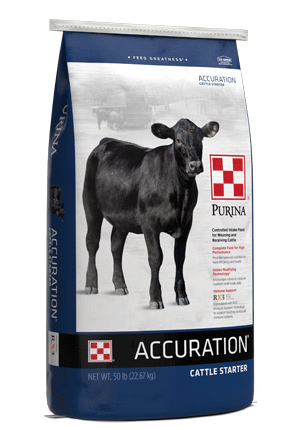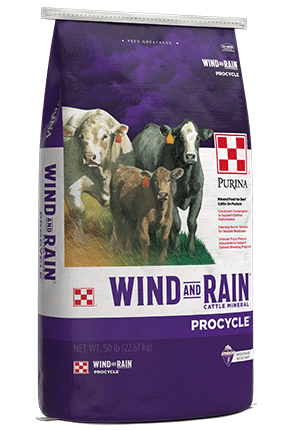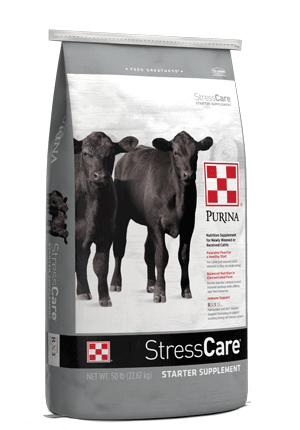
The Breeding Bull: Your Herd’s Ultimate Athlete
Management : Cow & Calf
LeBron James. Tom Brady. Usain Bolt. These names bring with them a certain performance standard.
Each season, fans expect these athletes to be in top form, to perform and to achieve results no one else is capable of. You expect the same of your breeding bulls each season, but are you treating them like the athletes that they are?
Bulls need to remain sound and active for the duration of breeding season. One way you can help prepare them as athletes is by conditioning them.
If bulls are too thin at the start of breeding season they might not hold condition and perform. At the same time, too much condition could be detrimental. Excess weight can affect structure, soundness and the bull’s ability to remain in active form.
Gradually condition bulls
The ultimate goal should be to achieve ideal bull condition and start far enough in advance so it’s not a sprint to attain it. It’s ideal to have a body condition score (BCS) of 6 going into breeding but it should be achieved gradually.
A single point change in BCS equals 80 to 100 pounds of weight. That means for a bull to go from a BCS 5 to a BCS 6, it would require gaining 100 pounds. To achieve that score increase takes time and monitoring. Start monitoring bulls four to five months before breeding season.
Early monitoring allows for gradual changes to be made over time, versus trying to make drastic weight changes quickly. Allowing a bull to gain 1 pound per day over 100 days, as opposed to pushing him to gain 3 pounds per day over 30 days, will be much more conducive to the longevity and performance of the bull.
An early start to bull preparation also helps ensure bulls have high-quality semen going into breeding. Sperm production takes 60 days and is impacted by the nutrition a bull receives pre-breeding season.
Balancing BCS with nutrition
Yearling bulls and bulls up to 2 or 3 years of age are still growing and need a diet that meets those requirements. Young bull requirements differ from what more mature bulls need to gain or maintain condition and the two groups should be developed and fed in separate facilities if possible.
If you have multiple bulls in a group, ensure they have ample bunk space or free-choice supplementation to help reduce displays of dominance at the feed bunk. Supplements with intake control properties encourage snack eating, causing bulls to eat smaller meals more consistently throughout the day versus aggressively trying to consume all their feed in one meal.
Supplements can also help keep bulls in prime condition by maintaining or improving BCS and can help balance any nutritional deficiencies of forages.
Developing bulls on the range or in a pasture situation where they can exercise can be advantageous. Exercise and reducing the energy fed in the diet can also help over-conditioned bulls get closer to BCS 6.
Quality mineral nutrition is also essential because minerals support the development of a growing bull’s structure and feet. Minerals can support health and sperm quality as well. Consider using a highly available trace mineral source so that bulls get the most benefit from the minerals consumed.
Monitor during and after cattle breeding season
Once bulls are turned out with cows for the breeding season, continue monitoring their body condition. If bulls fall below a BCS 4, replace those bulls to ensure your cows are getting bred.
At the end of breeding season, bulls will need some extra attention again. Bulls often end the breeding season in a BCS 4 or 5. At that point, younger bulls that are still growing will need more than a maintenance diet to regain condition and allow for growth.
Purchasing bulls is a significant initial investment, but trying to cut corners during bull development won’t do your herd any favors.
To maximize your investment and use a bull to his full potential, continue developing him with a high-quality nutrition and animal health program.
Think of bull development as a marathon rather than a sprint. The goal is to optimize gain and maintain the structural and breeding soundness of a bull for as many years as possible.
Prepare bulls now for an all-star breeding season later. Prepare them for greatness.
Learn more about key times to pay attention to cattle body condition scores.
Does your nutrition program stack up? Find out with a Proof Pays feeding trial.





